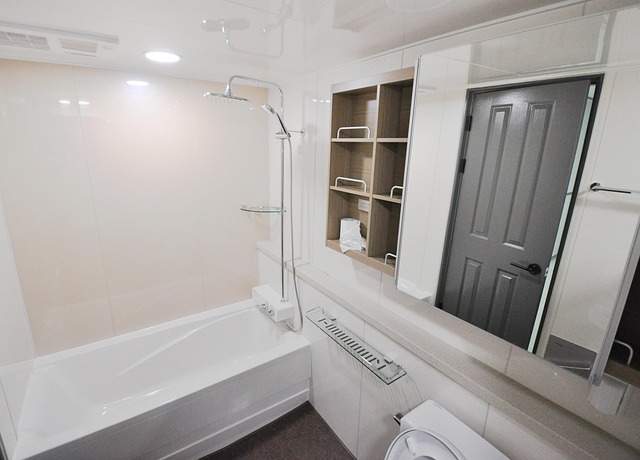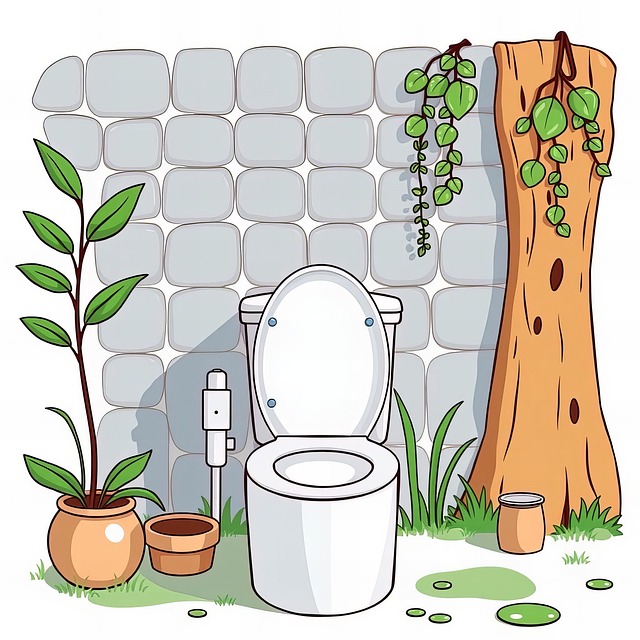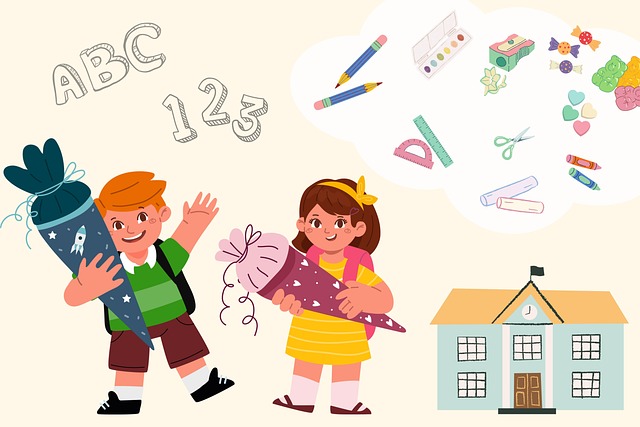Inclusive and sustainable restroom design for schools emphasizes accessibility, comfort, and eco-friendliness. Features include wheelchair access, smart technology, braille signage, water conservation, and automated fixtures. Best practices involve wider doorways, raised toilets, grab bars, and green certifications, fostering a welcoming environment for all students and faculty while promoting environmental sustainability through innovative restroom solutions.
In today’s diverse and inclusive world, accessible restroom design is no longer an option but a necessity. This article explores how sustainable restroom solutions can benefit not just schools and universities, but society at large. We delve into the core principles of inclusive restroom design, examine sustainable materials and technologies, and offer best practices for creating safe, welcoming spaces for all. By adopting these strategies, institutions can foster an environment that reflects their commitment to equality and sustainability.
- Understanding Inclusive Restroom Design Principles
- Sustainable Materials and Technologies for Restrooms
- Creating Accessible Spaces: Best Practices for Schools
Understanding Inclusive Restroom Design Principles

Inclusive restroom design goes beyond basic accessibility features. It’s about creating safe, comfortable, and welcoming spaces for all users, including those with disabilities, different gender identities, and diverse needs. When designing restrooms for schools and universities—key settings for fostering inclusive communities—it’s essential to adopt sustainable practices that cater to everyone.
Consider incorporating features like wheelchair accessibility, adequate clear space, and braille signage to ensure ease of navigation. For schools looking to implement innovative solutions, sustainable restroom systems can play a crucial role in promoting inclusivity. By investing in smart toilets and advanced school water systems, educational institutions not only enhance hygiene but also contribute to eco-friendly practices. Moreover, efficient school restroom systems streamline maintenance, including effective school janitorial services, making these spaces more manageable and welcoming for all students and faculty. Find us at Smart Toilets to explore accessible and sustainable restroom solutions tailored for schools and universities.
Sustainable Materials and Technologies for Restrooms

When designing accessible and inclusive restrooms, particularly for schools and universities, embracing sustainable materials and technologies is both an eco-friendly choice and a practical one. Incorporating green certifications into school restroom products not only reduces environmental impact but also fosters a healthier learning environment. For instance, non-toxic, biodegradable cleaning supplies can significantly minimize exposure to harmful chemicals.
Additionally, embedding eco-awareness through automated fixtures like sensor-activated sinks and toilets offers numerous advantages. These innovations reduce water consumption and waste, aligning with sustainability goals. Moreover, they enhance hygiene by minimizing contact surfaces, which is crucial in maintaining a safe space for students. Visit us at future of school bathrooms sustainability training anytime to explore how these sustainable restroom solutions can transform your educational institutions.
Creating Accessible Spaces: Best Practices for Schools

Creating accessible spaces is an essential aspect of fostering an inclusive environment for students and faculty alike, especially in schools and universities. When designing restrooms, it’s crucial to consider everyone’s needs, including those with disabilities. Sustainable restroom solutions not only benefit the environment but also contribute to a positive school experience by promoting accessibility.
Best practices include installing features like wider doorways, raised toilets, and grab bars for ease of navigation. Integrating water-saving irrigation systems can reduce environmental impact while lowering utility costs. Moreover, awareness campaigns can educate users about proper hygiene and the importance of eco-friendly school bathroom solutions, such as using non-toxic products. These steps ensure that students have equal access to clean, safe facilities, creating a more welcoming atmosphere for all.
In conclusion, implementing accessible and inclusive restroom designs, such as sustainable materials and best practices for schools, not only enhances user experience but also contributes to a more equitable and environmentally conscious campus. By embracing these innovative solutions, educational institutions can ensure that every student, faculty, and visitor feels welcomed, respected, and supported, fostering an inclusive environment that reflects the values of modern society. These efforts are integral to creating sustainable restroom solutions for schools and universities, making them models for accessibility and ecological stewardship.






